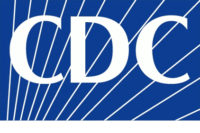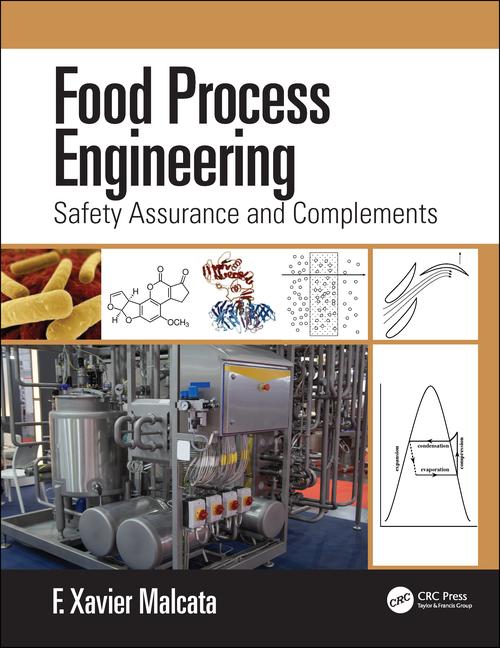TECH FLASH
Who’s leading food safety education?
The federal government, cooperative extensions and public health agencies were identified as the most active organizations in educating consumers about food safety at home.

A new report commissioned by the Partnership for Food Safety Education (PFSE) revealed federal government cooperative extensions and public health agencies are the most active organizations in educating consumers about safe food handling at home.
The first-ever analysis of current activity and initiatives in food safety education across different sectors was released last week at the Consumer Food Safety Education Conference 2014 in Arlington, VA and is available at teamfoodsafety.org. Founded in 1997, PFSE brings together public and private sectors to support health and food safety educators by making their work more visible, collaborative and effective. PFSE commissioned North Carolina State University to conduct the survey in 2014 to identify the most involved organizations, the audiences they serve and the channels most frequently used to communicate safe food handling messages.
According to the survey, in today’s digital environment, most food safety education is done in person. Researchers say 90 percent of the people who consider themselves food safety educators connect with consumers via face-to-face meetings and presentations. The next-most used channel is online, with 36 percent of educators using this method to connect with consumers.
“We conducted this environmental scan for the Partnership for Food Safety Education to better understand where health and food educators are focusing their consumer outreach activities,” says Benjamin Chapman, associate professor in the NCSU youth family and community sciences department. “Gathering data on educators’ delivery methods and target audiences allows the food safety community to see where gaps exist—and provides a road map for where to put resources in the future.”
Out of all those who lead food safety education, the survey determined 6 percent of food safety educators are from industry and food retail sectors. Researchers say of the groups surveyed, the federal government reaches the most consumers through programs such as Food Safe Families, Cook it Safe and Fight BAC! Cooperative extensions represent the largest number of educators who are in contact with consumers on the topic of home safe food handling.
Food safety education outreach was predominantly aimed at reaching children/students and adults with children at home while low-income populations and pregnant women were secondary targets for food safety educators.
The survey also found measuring the impact of food safety education programs is not always a top priority. Across all the groups surveyed, half (52 percent) measure the impact of their programs, while the remaining 48 percent either do not conduct evaluations of these efforts or don’t know if an evaluation system is in place. Those organizations that do measure effectiveness do so using tools such as pre- and post-surveys, tests/quizzes, audits/visits and surveillance.
“We all need to do a better job of measuring and then telling the story of the impact of food safety education on consumer health,” says Shelley Feist, executive director of PFSE. “Much of this year’s Consumer Food Safety Education Conference is focused on program evaluation and tactics for measuring program impact. Our hope is that the conversations and the tools shared in these sessions will make measurement a more attainable goal across the board.”
Looking for a reprint of this article?
From high-res PDFs to custom plaques, order your copy today!









